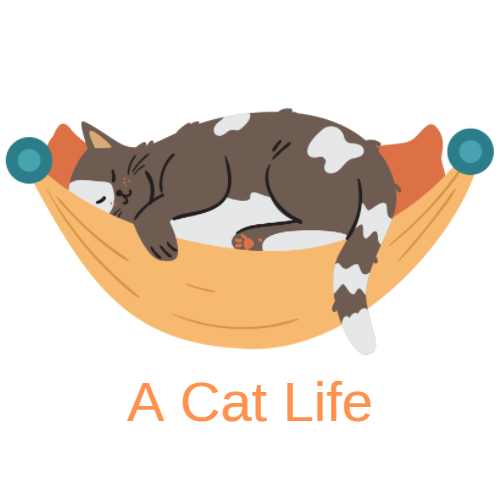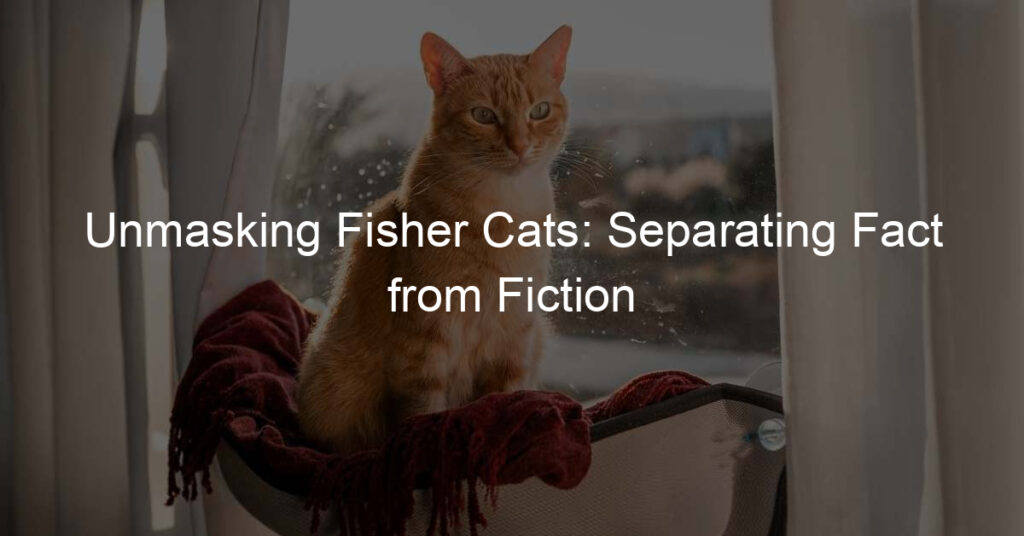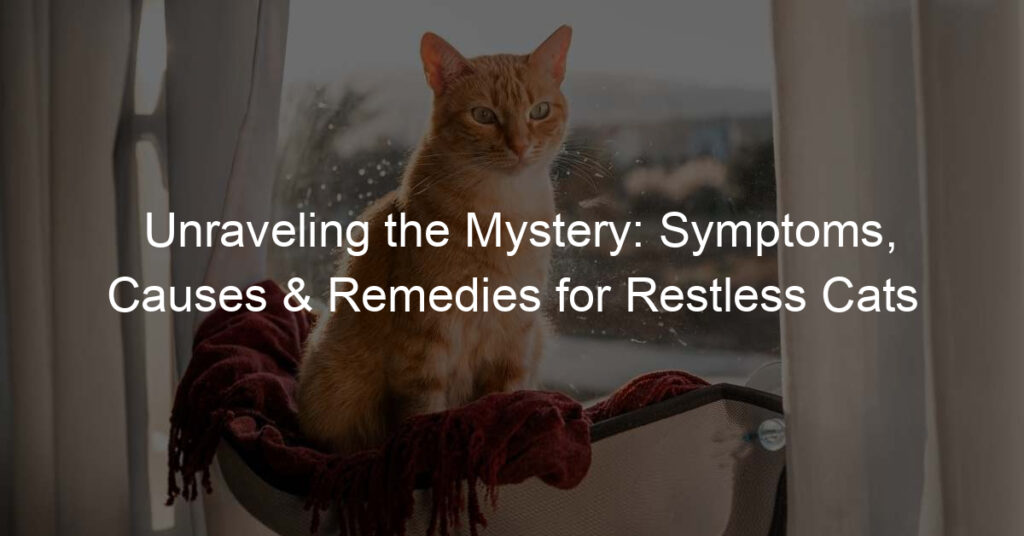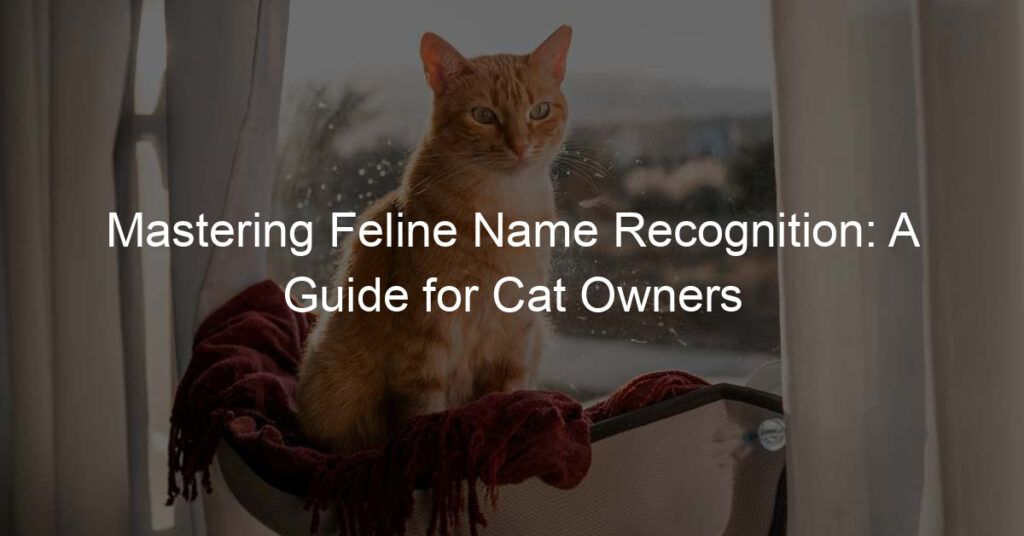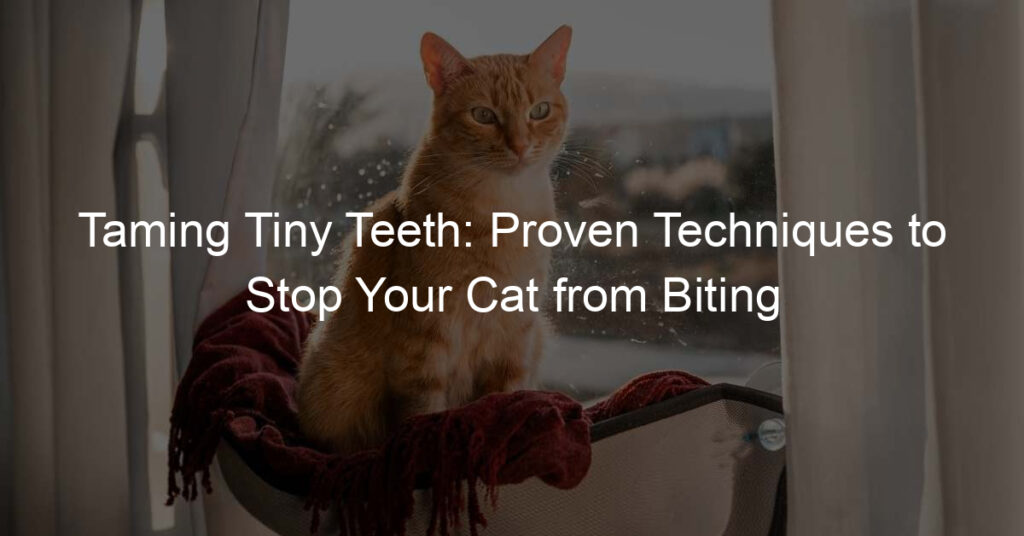
Introduction: Understanding Cat Behavior
When it comes to our feline friends, their behavior can sometimes be a mystery. However, understanding cat behavior is not only fascinating but also crucial for maintaining a healthy and happy relationship with your pet. In this article, we will explore the importance of understanding cat behavior and debunk some common misconceptions.
- Importance of understanding cat behavior
Understanding your cat’s behavior is like learning a new language. It allows you to communicate effectively with your pet and understand their needs. Cats use a variety of signals, such as body language, vocalization, and even scent marking to express their feelings and intentions. By understanding these signals, you can respond appropriately and build a stronger bond with your cat.
Moreover, understanding cat behavior can help you identify any changes that may indicate health problems. For instance, a cat that suddenly becomes aggressive or hides more than usual might be in pain or feeling unwell. Early detection of such changes can lead to timely veterinary care and better health outcomes for your pet.
- Common misconceptions about cat behavior
There are many misconceptions about cat behavior that can lead to misunderstandings and even harm. Here are a few common ones:
| Misconception | Truth |
|---|---|
| Cats are solitary animals | While cats are more independent than dogs, they can form strong bonds with humans and other animals. They can also enjoy social interaction and companionship. |
| Cats are aloof and unemotional | Cats can show a wide range of emotions, including affection, fear, and anxiety. They can also form deep emotional bonds with their human caregivers. |
| Cats purr only when they are happy | While purring is often a sign of contentment, cats can also purr when they are stressed, anxious, or unwell. |
By debunking these misconceptions, we can better understand our feline friends and provide them with the care and respect they deserve.
Can Cats Hold Grudges?
It’s a question that many cat owners have pondered: can our feline friends hold grudges? To answer this, we need to delve into the emotional health of cats and understand how they process emotions and the signs of emotional distress.
Cat’s Emotional Health
Cats, like humans, have a range of emotions. They can feel happy, sad, scared, and yes, even angry. But how do they process these emotions, and what signs should we look for if they’re distressed?
- How cats process emotions
- Signs of emotional distress in cats
Cats process emotions in a way that’s similar to humans. They have an amygdala, the part of the brain that processes emotions, and a hippocampus, which stores emotional memories. When a cat has a negative experience, it can remember and associate that experience with a particular person, place, or event. This is why some cats may seem to ‘hold grudges’ against certain people or avoid certain areas in the house.
Emotional distress in cats can manifest in several ways. Some common signs include changes in eating habits, excessive grooming, hiding, aggression, and changes in litter box habits. If you notice any of these signs, it’s important to consult with a vet or a cat behaviorist to help your feline friend.
Understanding your cat’s emotional health is crucial in maintaining a healthy and happy relationship with them. Remember, cats are not vindictive or spiteful. If they seem to be holding a grudge, it’s likely a sign of emotional distress that needs to be addressed.
Cat’s Grudge Behavior
Just like humans, cats can also exhibit grudge behavior. It’s crucial to understand and identify these behaviors to ensure your feline friend’s emotional health. Let’s delve into how you can spot grudge behavior in cats and some examples of such behavior.
- Identifying Grudge Behavior in Cats
- Change in Behavior: If your cat suddenly starts avoiding you or acts differently around you, it could be a sign of holding a grudge.
- Aggression: Cats can become aggressive when they hold grudges. This could include hissing, scratching, or biting.
- Ignoring Commands: If your cat starts ignoring your commands or seems indifferent, it could be a sign of a grudge.
- Examples of Cat Grudge Behavior
Grudge behavior in cats can be subtle and may often be mistaken for other issues. Here are some signs to look out for:
Here are some real-life examples of grudge behavior in cats:
| Example | Description |
|---|---|
| 1. Avoidance | Fluffy, a normally affectionate cat, started avoiding her owner after a trip to the vet. She hid under the bed and refused to come out when called. |
| 2. Aggression | Whiskers, usually a calm and friendly cat, started hissing and swatting at his owner after being scolded for scratching the furniture. |
| 3. Indifference | Shadow, a cat who usually responds to his owner’s commands, started ignoring them after a new pet was brought into the house. |
Recognizing these behaviors is the first step towards resolving any issues and mending your bond with your cat. Remember, patience and understanding are key when dealing with a cat holding a grudge.
Dealing with Angry Cats
It’s important to understand that cats, like humans, can experience a range of emotions. One of these emotions is anger. Dealing with an angry cat can be challenging, but with the right knowledge and approach, you can help calm your feline friend and prevent future outbursts.
Understanding Angry Cat Behavior
Before we delve into how to handle an angry cat, it’s crucial to understand why cats become angry in the first place. By identifying the triggers, you can better manage your cat’s anger and create a more harmonious living environment.
- Common triggers for cat anger
- How to calm an angry cat
- Give your cat space: If your cat is showing signs of anger, it’s best to give them some space to calm down. Trying to interact with them might only escalate the situation.
- Speak softly: Cats are sensitive to noise. Speaking softly can help soothe an angry cat.
- Use calming scents: Certain scents, like lavender or catnip, can have a calming effect on cats.
Cats can become angry for a variety of reasons. Some common triggers include feeling threatened, being in pain, or experiencing a sudden change in their environment. For instance, introducing a new pet or moving to a new home can cause stress and anger in your cat. It’s important to monitor your cat’s behavior closely during these times to ensure they are coping well.
Calming an angry cat requires patience and understanding. Here are a few strategies you can try:
Remember, every cat is unique and what works for one might not work for another. It’s important to try different strategies and see what works best for your cat.
In conclusion, understanding your cat’s behavior and knowing how to respond can help you deal with an angry cat effectively. Remember to be patient, understanding, and always prioritize your cat’s wellbeing.
Improving Cat-Human Relationship
Building a strong bond with your cat can be a rewarding experience. Here are some steps you can take to improve your relationship with your cat and a case study that illustrates a successful cat-human relationship improvement.
- Steps to Improve Your Relationship with Your Cat
- Patience: Cats are independent creatures. They may take time to trust and bond with you. Be patient and give them their space.
- Playtime: Engage your cat in play activities. It helps to build trust and keeps them mentally stimulated.
- Feeding: Cats associate feeding with care. Regular feeding times can help build a bond.
- Respect their boundaries: Cats value their personal space. Respect their boundaries to build trust.
- Case Study: A Successful Cat-Human Relationship Improvement
Understanding your cat’s needs and behaviors can significantly enhance your relationship. Here are some steps you can take:
Let’s look at the case of Mr. Smith and his cat, Whiskers. Mr. Smith adopted Whiskers from a shelter. Initially, Whiskers was aloof and wary of Mr. Smith. However, Mr. Smith was patient and respectful of Whiskers’ space. He engaged Whiskers in play activities and established a regular feeding schedule. Over time, Whiskers began to trust Mr. Smith and they formed a strong bond.
| Steps Taken | Results |
|---|---|
| Patience and respect for personal space | Whiskers became less wary of Mr. Smith |
| Regular play activities | Whiskers began to trust Mr. Smith |
| Established feeding schedule | Whiskers associated Mr. Smith with care and trust |
This case study demonstrates that with patience, respect, and care, it’s possible to improve a cat-human relationship significantly.
Mending Bond with Cat
When it comes to mending a bond with your feline friend, understanding the concept of ‘cat forgiveness’ is crucial. Here, we will delve into whether cats can forgive and how you can ask for your cat’s forgiveness.
Cat Forgiveness
Just like humans, cats also have emotions and feelings. They can feel happy, sad, and yes, they can also feel hurt. But can they forgive? Let’s explore.
- Can cats forgive?
- How to ask for a cat’s forgiveness
- Give them space: If your cat is upset with you, give them some time and space to cool down.
- Respect their boundaries: Don’t force your cat to interact with you. Let them come to you when they’re ready.
- Positive reinforcement: Reward your cat for positive behavior. This could be with treats, praise, or petting.
- Consistency: Be consistent in your actions. If you’ve upset your cat by doing something, don’t do it again.
Yes, cats can forgive. However, it’s important to remember that forgiveness in cats is different from humans. Cats don’t hold grudges, but they do remember. If you’ve upset your cat, they might be wary of you for a while. This doesn’t mean they haven’t forgiven you. It just means they’re being cautious. Over time, with consistent positive interactions, your cat will regain trust in you.
Asking for a cat’s forgiveness isn’t about saying ‘sorry’. It’s about showing them through your actions that you’ve changed. Here are a few ways to do this:
In conclusion, mending a bond with a cat involves understanding their emotions and respecting their boundaries. With patience and consistency, you can regain your cat’s trust and strengthen your bond.
Repairing Relationship with Cat
Repairing a damaged relationship with your cat can be a challenging yet rewarding process. It requires patience, understanding, and a lot of love. Here are some steps and key takeaways to help you mend your bond with your feline friend.
- Steps to Repair a Damaged Cat-Human Relationship
- Key Takeaways for Mending a Bond with a Cat
1. Give them space: If your cat is upset with you, it’s important to give them some space. Cats are independent creatures and they appreciate having their own time.
2. Apologize: Yes, you read that right. Apologizing to your cat can help. Speak to them in a soft and gentle voice, expressing your regret for whatever caused the rift.
3. Rebuild trust: This can be done through play and feeding. Spend quality time with your cat, engage them in their favorite games, and offer them their favorite treats.
4. Be patient: Remember, rebuilding a relationship takes time. Don’t rush the process.
1. Understanding: Understand your cat’s behavior and respect their boundaries. This is crucial in maintaining a healthy relationship with your cat.
2. Consistency: Be consistent in your actions. Cats are creatures of habit and they appreciate consistency.
3. Love and Affection: Show your cat love and affection. This can be through petting, grooming, or simply spending time with them.
4. Patience: Patience is key in mending a bond with a cat. It might take time for your cat to trust you again, but with patience and consistency, it is possible.
In conclusion, repairing a relationship with your cat can be a challenging task, but with patience, understanding, and love, it is definitely achievable. Remember, every cat is unique and what works for one might not work for another. So, be patient and take the time to understand your cat’s unique personality and needs.
Conclusion: Cat Psychology and Emotional Response
In this article, we have explored the fascinating world of cat psychology and emotional responses. We have delved into the importance of understanding these aspects and how they can significantly improve the bond between you and your feline friend. Let’s recap the key points.
- Importance of understanding cat psychology
Understanding cat psychology is crucial for any cat owner. Cats, like humans, have their own unique personalities and behaviors. They communicate their feelings through body language, vocalizations, and behaviors. By understanding these, we can better cater to their needs and ensure their well-being.
For instance, a cat that is constantly scratching furniture may not just be misbehaving but might be stressed or anxious. By understanding this, we can find solutions that address the root cause of the behavior, such as providing a scratching post or creating a more secure environment.
- How understanding a cat’s emotional response can improve your relationship
Understanding a cat’s emotional response is key to building a strong, loving relationship with your pet. Cats are sensitive creatures and respond to the emotions and behaviors of their human companions. If we are able to interpret their emotional responses accurately, we can respond in ways that make them feel safe, loved, and understood.
For example, if your cat is showing signs of fear or anxiety, such as hiding or hissing, it’s important to give them space and not force interaction. Over time, this understanding and respect for their emotional state can lead to a deeper bond and mutual trust.
In conclusion, understanding cat psychology and emotional responses is not just about managing undesirable behaviors. It’s about creating a positive, loving environment where your cat feels understood and secure. This understanding can lead to a stronger bond, improved behavior, and a happier, healthier cat.
